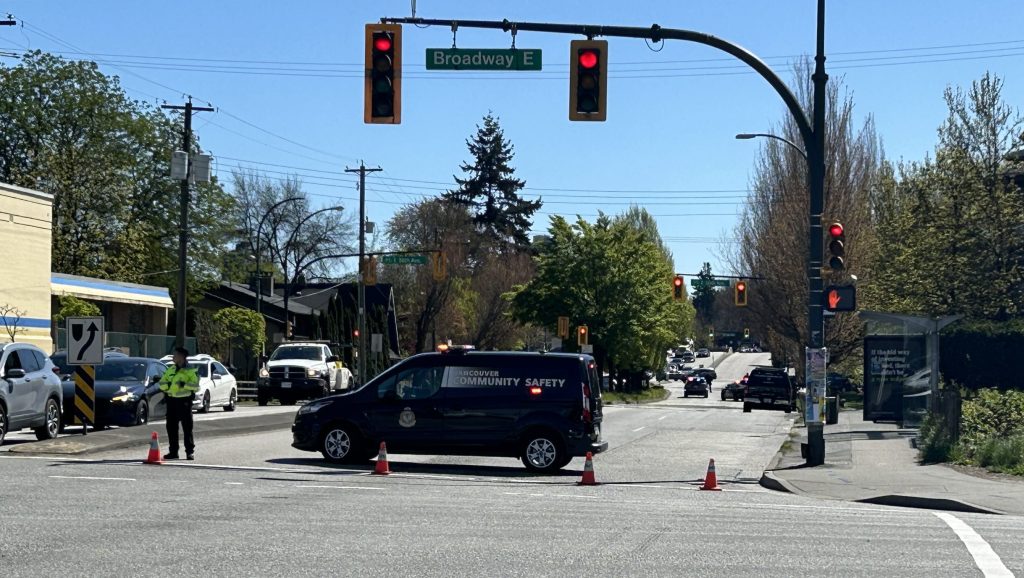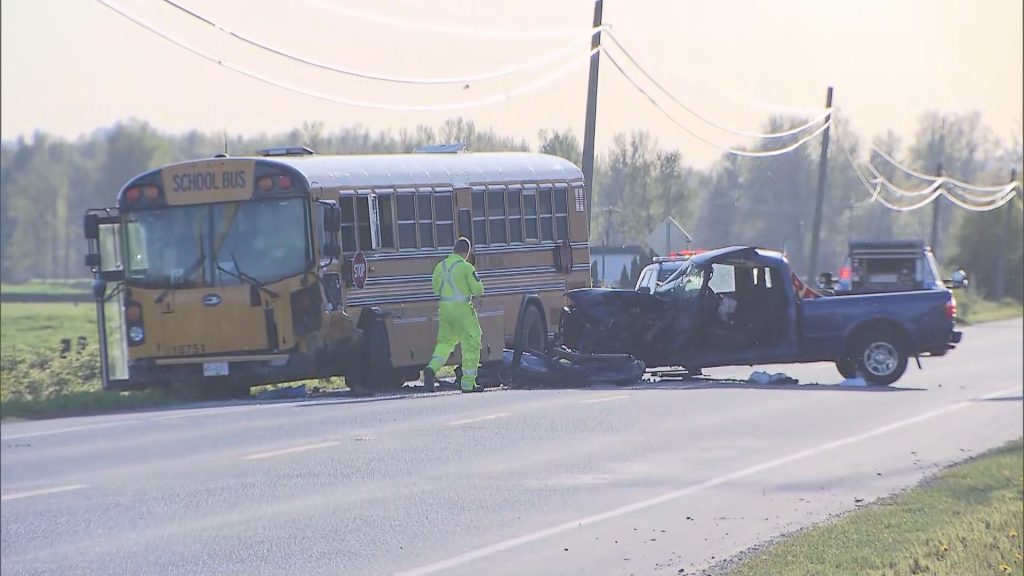Welcome for Syrians refugees contrasts with Canada’s historic role: experts
Posted September 3, 2015 1:58 pm.
Last Updated September 3, 2015 2:40 pm.
This article is more than 5 years old.
Immigration experts say Canada’s practice of taking in refugees has ebbed over the past decade, with the country’s response to the Vietnamese boat people contrasting with how it has reacted to Syrian asylum seekers.
Catherine Dauvergne, the dean of law at the University of British Columbia in Vancouver, said Liberal and Tory regimes in the 1970s and early 1980s embraced the mission of assisting 60,000 Indo-Chinese refugees fleeing Communist regimes after Saigon’s fall in 1975.
“Canada led the world in terms of a response by the government and the response from the Canadian population,” she said in an interview.
She also recalled how Canada reacted rapidly to the call for help from ethnic Albanian refugees in Kosovo during war in the Balkan countries, bringing in 250 people a day between May 4 and 23 in 1999.
The response to Syria hasn’t met that standard, said Dauvergne, an expert in Canadian and Australian immigration law.
“The government is doing very little and the commitments it is making are being largely transferred to the non-for-profit sector, so this response has been markedly different than in the past,” she said.
Immigration Minister Chris Alexander says Ottawa has resettled 22,000 Iraqi and 2,300 Syrian refugees to date, and the federal government has set a target to accept 23,000 Iraqi refugees and 11,300 Syrians.
However, Dauvergne said changes brought in under the Conservatives through the Balanced Refugee Reform Act and other legislation have made it generally harder for refugee applicants to stay in the country. As an example, she points to amendments in 2012 that allow the minister to designate which countries are safe and which are not, creating different procedural rules for each group.
Dauvergne argues those measures — along with stronger powers of detention and a tighter turnaround on appeals — are among the factors that have slowed the flow of applicants.
Audrey Macklin, a law professor at the University of Toronto, said the discussion about refugees is more politicized today.
She also argues that private groups are now finding it more difficult to work with the bureaucracy to support those coming to Canada.
“There is interest and concern of ordinary Canadians in stepping up … but the government … hasn’t followed through with expediting the completion of sponsorships, both public and private,” she said.
Immigration lawyer Lee Cohen, who has worked with refugees in Halifax since the early 1980s, said the government’s language towards refugees has often been tinged by racism through the country’s history. Canada’s refusal to accept Jewish refugees during the Second World War is an example he cited.
“What is a refugee crisis? Crisis started to be the language used … when it was evident the people coming to our shores on boats weren’t white and weren’t Christian,” said Cohen, who has noticed increased difficulties for his clients over the past decade under changes brought in by the Conservatives.
Prof. Laura Madokoro, who teaches history at McGill University in Montreal, said it took time for Canada to respond to the Indo-Chinese refugee crisis and she’s hopeful that pattern could be repeated.
“There are all kinds of ways that the Canadian public and government can help,” she said. “These are all things that could happen again. I’m hopeful the events of the last few days will open up the conversation.”
___
A look at Canada’s previous responses to refugee crises around the world:
Ugandan Asians
Pierre Trudeau’s Liberal government accepted 5,000 Asian-Ugandan refugees expelled from Uganda by Idi Amin’s decree in the fall of 1972 and early 1973.
Vietnamese Migration
Three years after the fall of Saigon, Canada started to accept Indo-Chinese refugees. The public sympathy to the cause of the asylum seekers was heightened by powerful images of so-called boat people who endured days in small vessels before ending up in camps in Thailand and Malaysia. Between 1979 and 1980, Canada accepted about 60,000 of the refugees. The Liberal government accepted the first refugees, but the movement increased notably after Progressive Conservative prime minister Joe Clark took power.
Ethnic Albanian Refugees
Between May 4 and 23 in 1999, about 250 ethnic-Albanian refugees arrived in Canada every day during the war in the Balkans. Half were sent to Trenton and the rest to Greenwood, N.S. All told, 5,000 refugees came to Canada.
Overall Figures:
Statistics Canada says 40,000 refugees arrived in Canada in 1980. The figure went up to 54,000 by the end of that decade, and then gradually declined to 23,277 last year.
Sources: Canadian Medical Association Journal, Immigration Canada, Canadian Encyclopedia and Statistics Canada.










